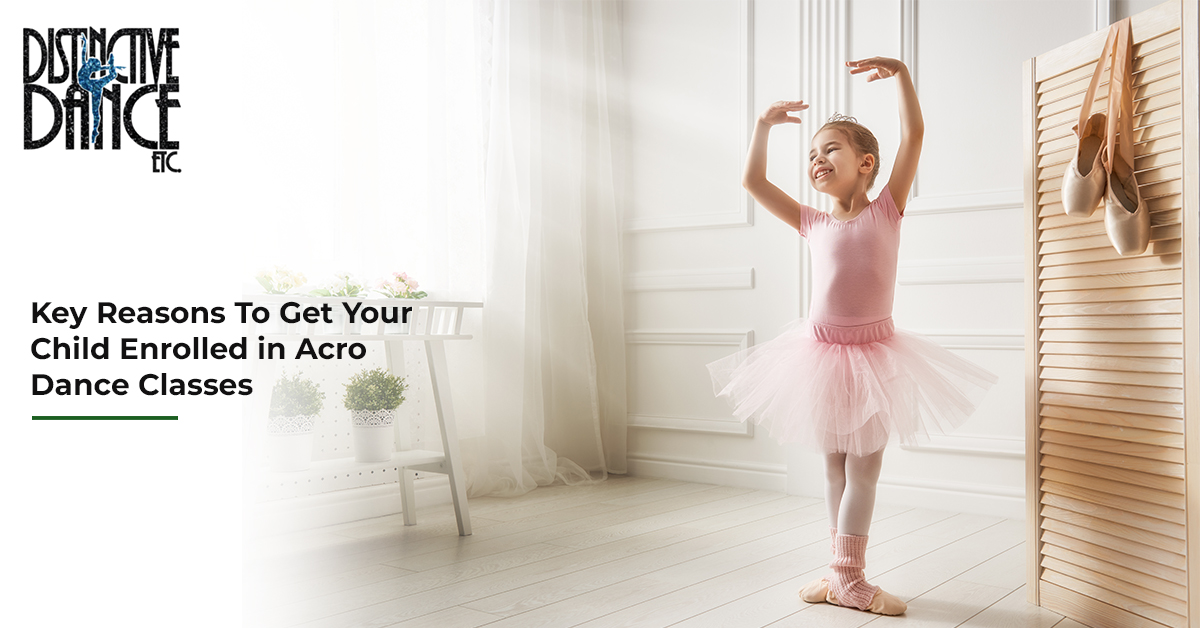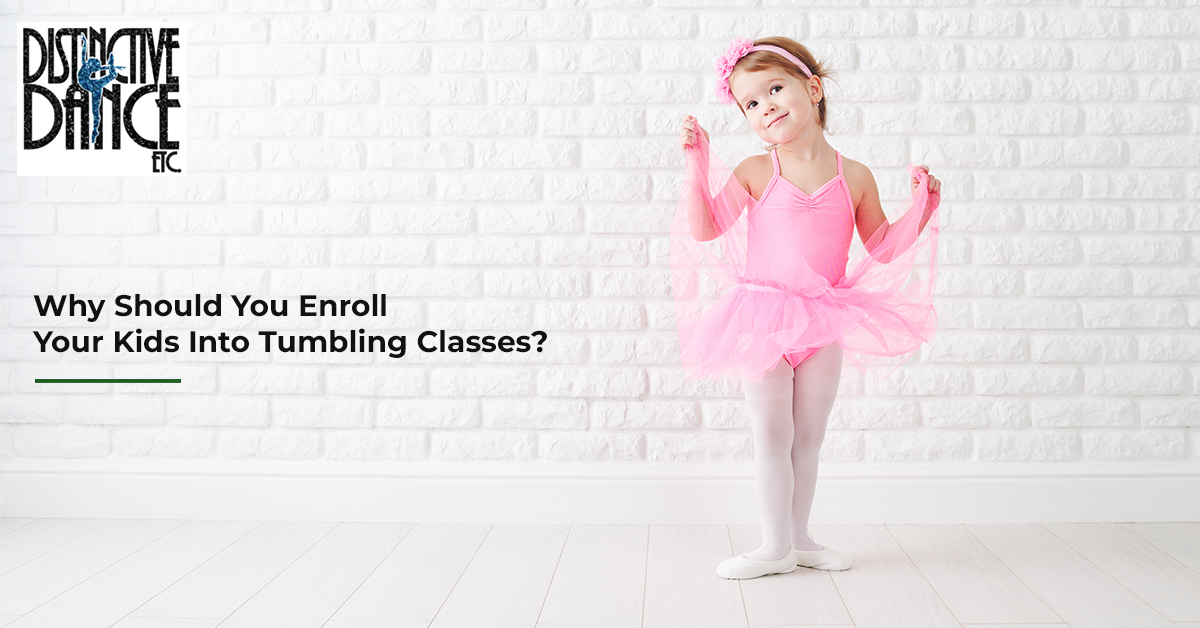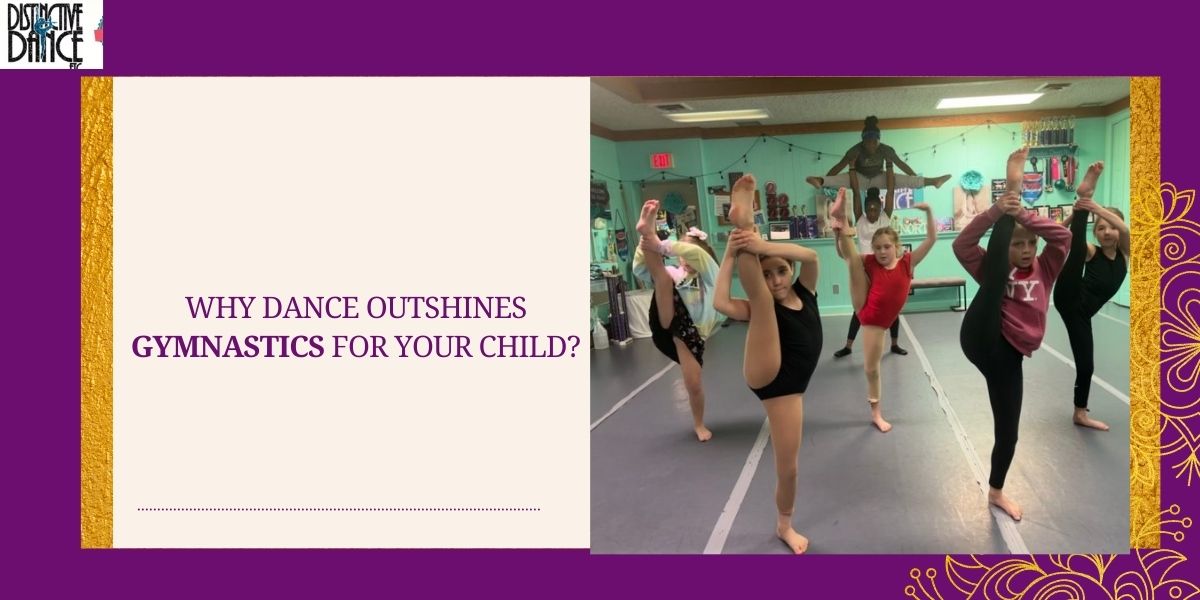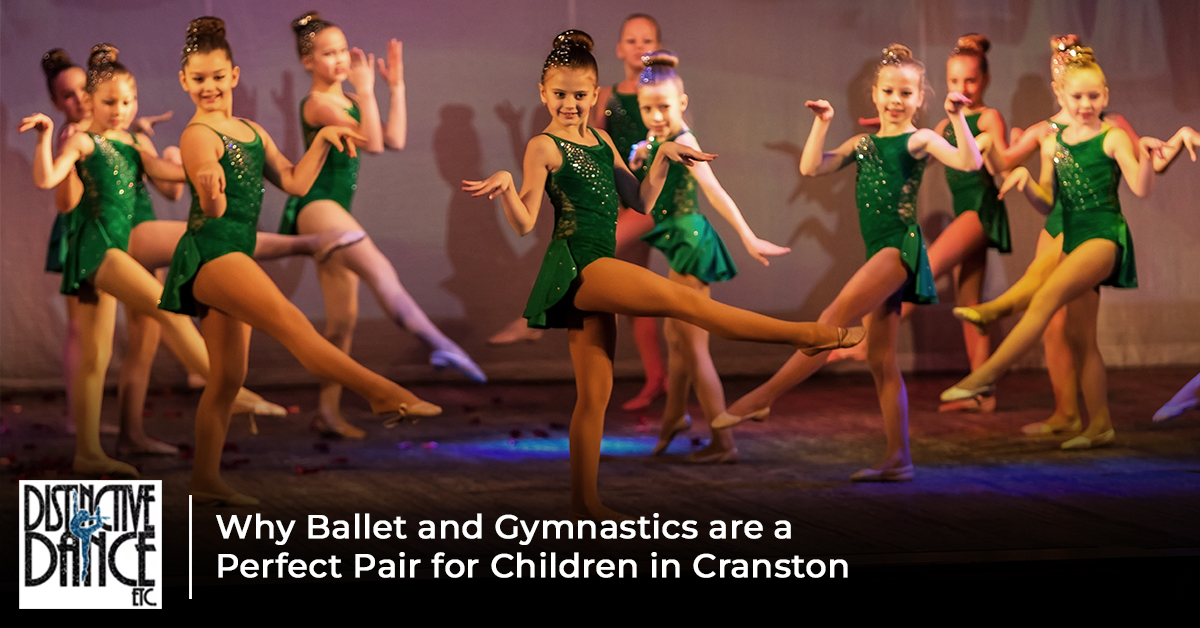In a world filled with endless opportunities for children to engage in extracurricular activities, parents often find themselves spoilt for choice. One unique and exciting option that deserves your consideration is acro dance. Acro dance, a fusion of acrobatics and dance, offers numerous physical, mental, and emotional benefits that can help your child develop into a well-rounded individual.
Distinctive Dance has a team of expert teachers who are proficient in Acro dance in Coventry. In this blog, we will explore the key reasons to get your child enrolled in acro dance classes.
What Are The Advantages Of Acro Dance?
Physical Fitness
Acro dance is a fantastic way to keep your child physically active. It incorporates elements of strength, flexibility, balance, and coordination, providing an excellent full-body workout. As children learn to perform flips, cartwheels, and handstands while seamlessly transitioning into dance moves, they improve their overall physical fitness. This not only helps in developing their muscles but also enhances their cardiovascular health.
Building Strength and Flexibility
Enrolling your child in acro dance classes can significantly contribute to their physical development. Acrobatics and dance moves require both strength and flexibility, and acro dance is the perfect blend of the two. It helps children build core strength, muscle tone, and improve their range of motion. Over time, your child will become more limber, which can reduce the risk of injuries in other sports and physical activities.
Confidence Boost
Acro dance encourages children to push their boundaries and step out of their comfort zones. As they master complex movements and routines, their self-esteem and confidence levels soar. They learn to trust their bodies and their capabilities, and this newfound self-assurance can have a positive impact on various aspects of their life, including academics and social interactions.
Enhanced Coordination
Acro dance requires precise coordination between various body parts and movements. This develops your child’s fine motor skills and hand-eye coordination. As they practice, their ability to control their body’s movements becomes more refined, which can carry over into other areas of their life, making them more adept at tasks and activities that demand coordination.
Teamwork and Social Skills
Enrolling your child in acro dance classes also exposes them to a social setting where they can make friends and collaborate with other children. Acro dance often involves group routines, which require teamwork and cooperation. These experiences teach children valuable social skills such as communication, empathy, and working together towards a common goal. These skills are not only crucial for their personal growth but also for their future success in various social and professional settings.
Discipline and Dedication
Acro dance is not something one can master overnight. It takes time, practice, and dedication to improve. By participating in acro dance classes, your child will learn the importance of discipline and perseverance. They will understand that success is a result of hard work and commitment. These valuable life lessons can be applied to academic pursuits and other activities, setting the foundation for a successful and fulfilling life.
Artistic Expression
Acro dance allows children to express themselves creatively. They can interpret music and emotions through their movements, adding a unique artistic dimension to their physical activity. This creative outlet can be a great way for your child to relieve stress and express their feelings in a healthy and constructive manner.
Join Us Today
Acro dance offers a plethora of benefits for children and also provides a nurturing environment that fosters self-confidence and creativity. So, if you’re looking for a well-rounded extracurricular activity that can positively impact your child’s development, consider enrolling them in acro dance classes. You can also count on us if you want your child to get enrolled in dance and tumbling classes in East Greenwich. Give your child the gift of acro dance, and watch them soar to new heights.













